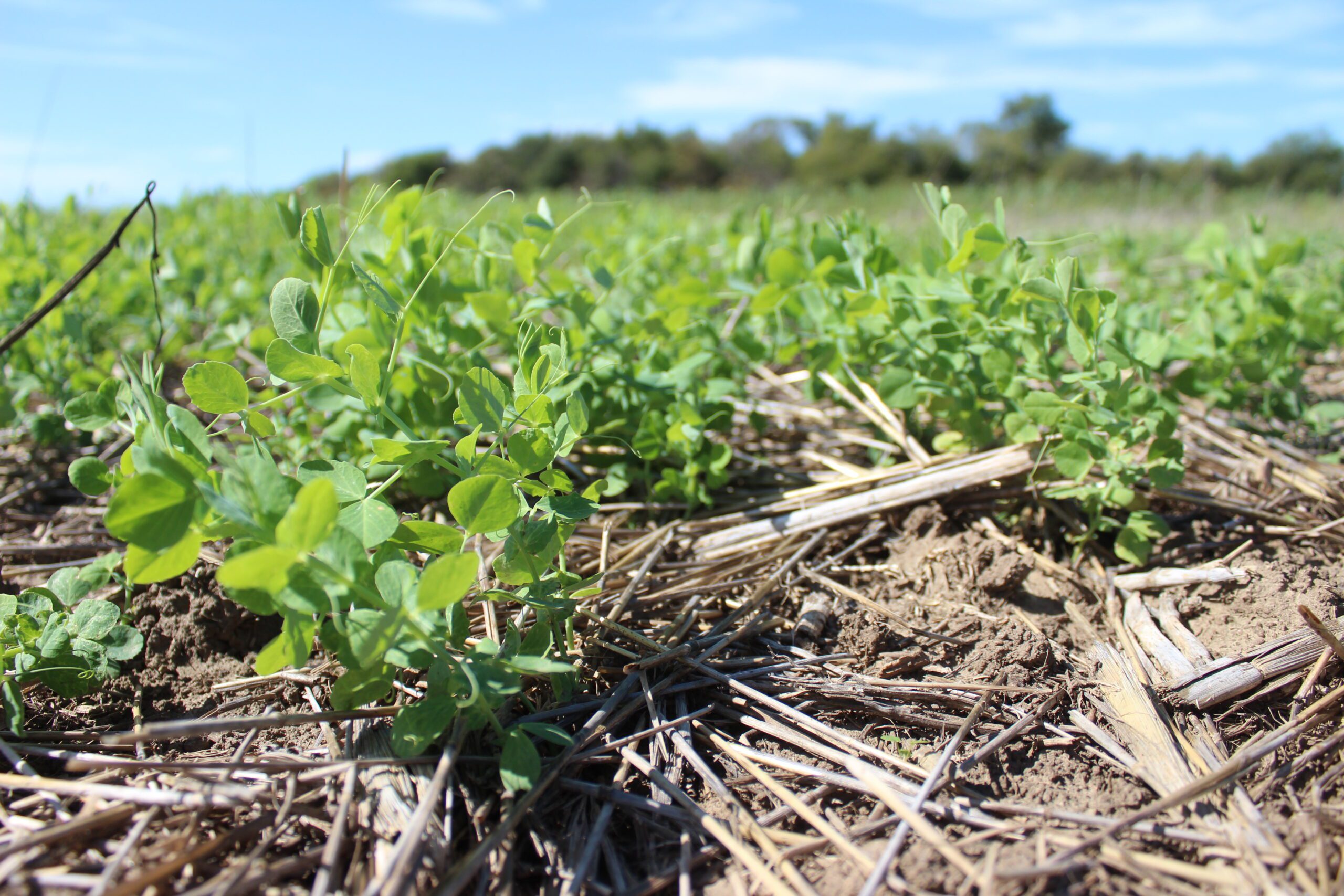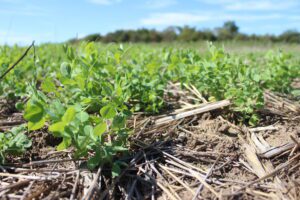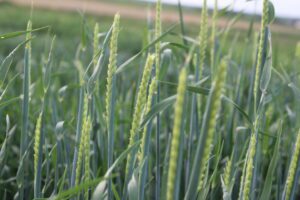
Put a Little Spring in Your Next Step – Check out our New Lineup of Spring Cover Crop Mixes
Springtime offers ample opportunity for observation and witnessing the beauty of nature. With warm temps blanketing the country, the opportunity for early spring planting and tackling outside tasks is stirring. Perhaps you’re noticing some erosion and would like to get roots in the ground before nature brews up some spring storms. Maybe you would like to see your momma cows calve out on a lush green cover crop, or watch the yearlings pack on a few pounds without feeding hay. Whatever your situation, we have a lineup of brand new cover crop mixes that provide simple solutions to your cover crop needs.
We get it, sometimes you simply run out of time to get a cover crop planted in the fall. Don’t let that be a reason you watch your precious topsoil float down the creek this spring. Spring Soil Armor gives you the opportunity to get your ground covered and protect that soil from spring thunderstorms. Oats, peas, safflower, and rapeseed offer diversity and coverage for the microbes in your soil. We wanted to make it as easy as possible to stop erosion on all your acres this spring.

Many people utilize native perennial pastures for summer grazing, but during the spring months an abundance of fresh forage can be harder to come by. Instead of feeding hay, try planting our Spring Cattle Builder. The experts here at Green Cover curated this mix specifically for cattle operations looking to maximize tonnage and move livestock out to fresh forage as quickly as possible. The oats and peas are particularly known for their fast establishment. Triticale and barley add an excellent source of digestible energy, while the forage collards contribute additional palatability.

Just as we have a Warm Season Soil Builder and Grazing Mix, we now offer both a Cool Season Soil Builder and Cool Season Grazing Mix. When creating this mix, we prioritized grasses, legumes, brassicas, and broadleaves with the highest nutritional quality as well as the most palatable species for all types of livestock. This mix works great for sheep, goats, cattle, pigs, and other livestock. Use Cool Season Grazing Mix in the spring or fall for additional high quality forage for your livestock.
As highlighted in our last newsletter, oats, peas, and barley make a great combination for a spring cover crop. Oats, barley, and peas make an excellent and cost effective mix for spring forage. This mix has the power to add lots of diversity, especially in a landscape that is accustomed to monocultures. The oats, peas, and barley immediately add diversity to a rotation of corn, beans, and perhaps wheat. These fast establishing species will be quick to take root and begin suppressing weeds. They also attract beneficial microbes and fungi underground, keeping the plants and soil healthier. Additionally, this combo will provide nutrition to a whole host of livestock animals. From a big picture perspective, this mix can add diversity in a variety of different ways at a low cost.
This mix of oats and peas is a great option for anyone looking for quick ground cover, spring hay production, or even grazing. Oats are known for their quick establishment helping provide immediate ground cover for erosion prevention. Spring peas will grow well right alongside the oats, providing nitrogen fixation and a deep taproot system. This mix will also build a high carbon crop for ground cover later in the year if used for weed control. We offer two ratio options; a 70:30 and a 50:50 oats to peas mix.
This mix of barley and peas will provide superior nutrition for your grazing, haying, or silage needs this spring. Barley is well known as one of the highest quality cereals and works well with peas to provide a high energy, high protein diet for many types and classes of livestock. Barley can be used prior to corn planting without any allelopathic effects as well. The combination of the fibrous roots from the barley and the taproots from the peas will help prevent erosion in the field. Again, offering two ratio options; a 70:30 and a 50:50 barley to peas mix.
Triticale is a cross of rye and wheat. Bringing the robust root system and cold tolerance from rye and the forage quality from wheat, triticale is an excellent option for spring grazing. Add some peas and you have an excellent mix of energy and protein for your livestock. The ratio options are the same; a 70:30 and a 50:50 triticale to peas mix.
As always, we are happy to work with you one on one to create a custom mix or help you find the right pre-made mix for your situation. Check out all our mixes on our store where you can shop and order in a few clicks or give us a call today at 402-469-6784.
Want to talk with one of our expert sales representatives?
Fill out this form or give us a call today. 402-469-6784.

